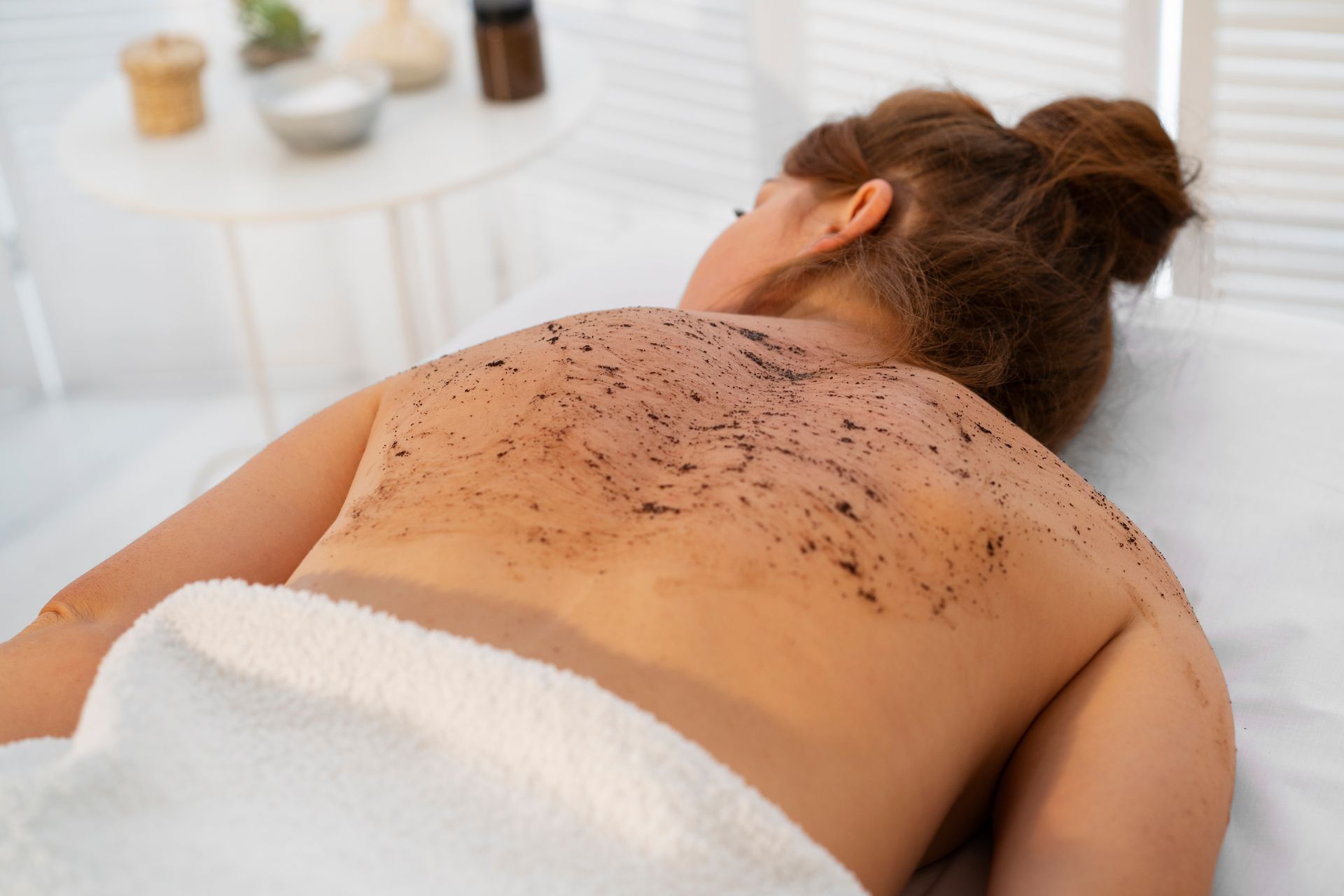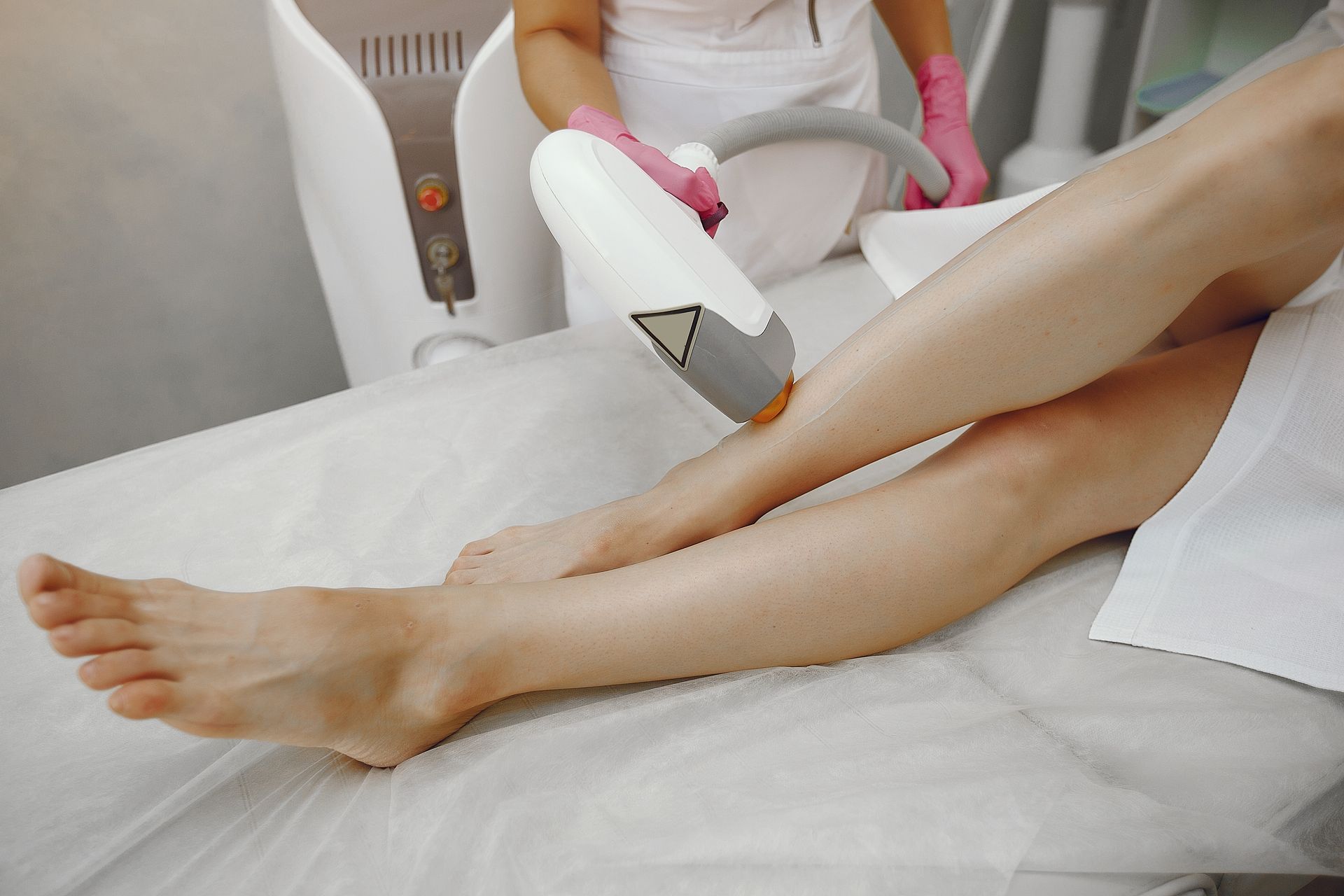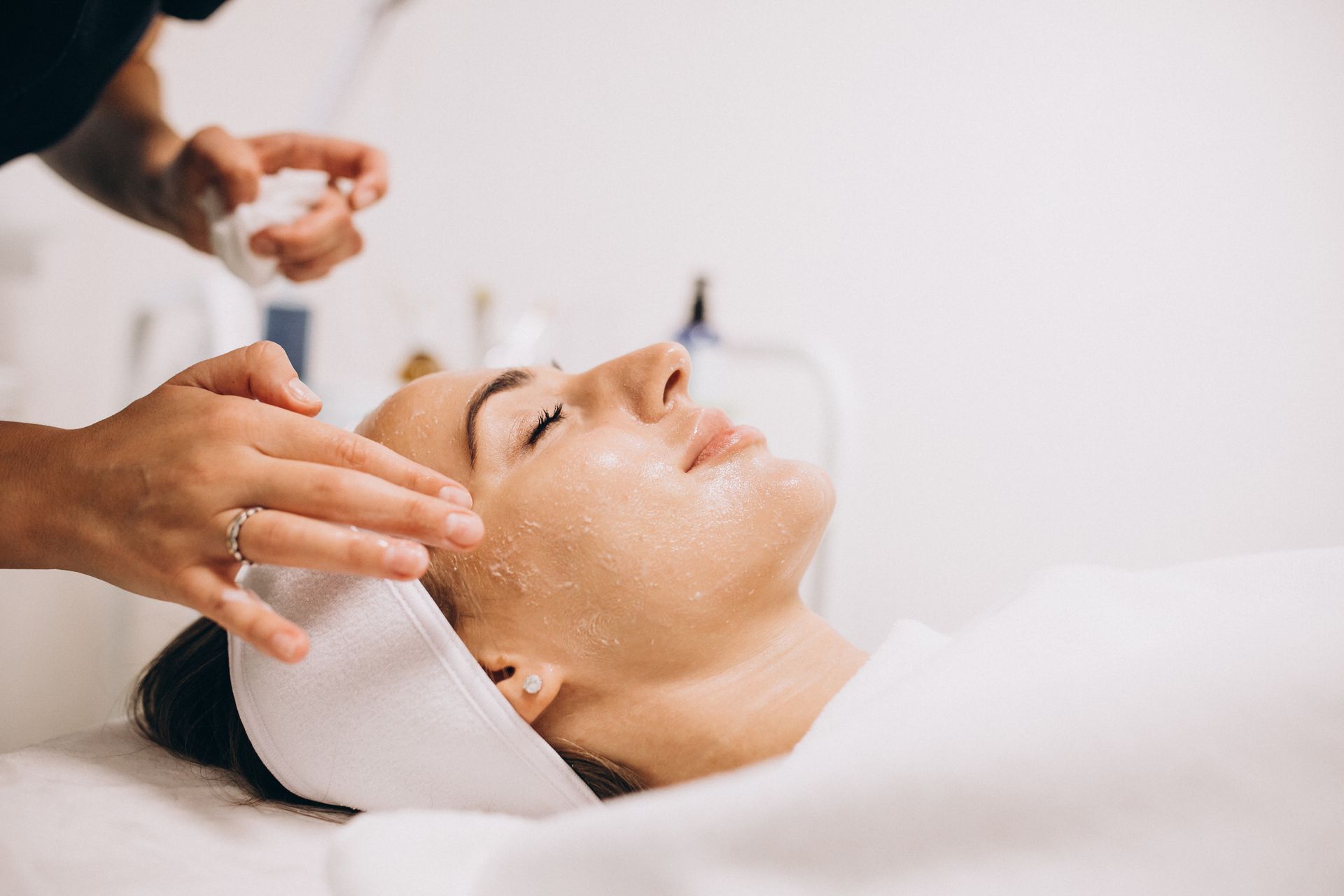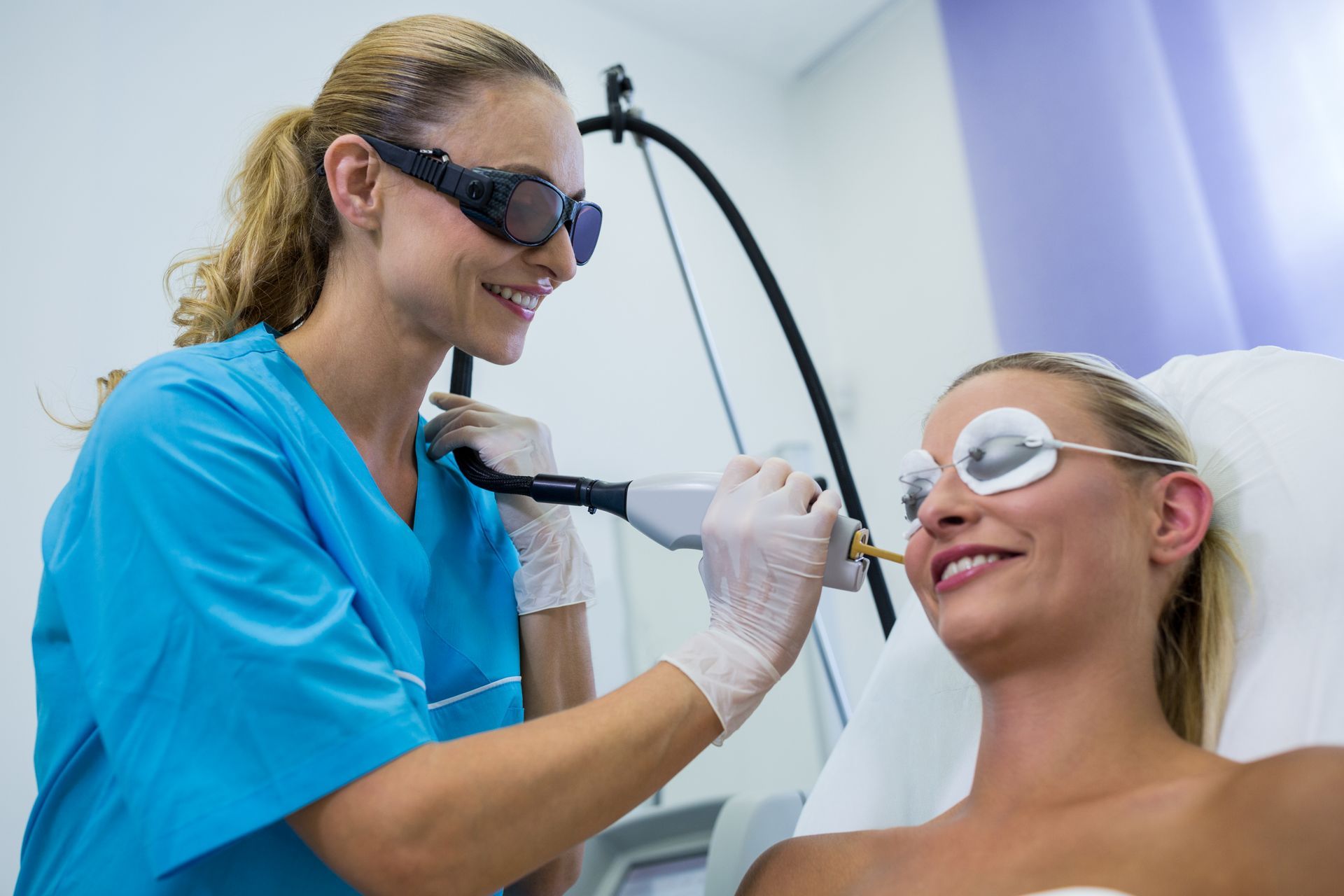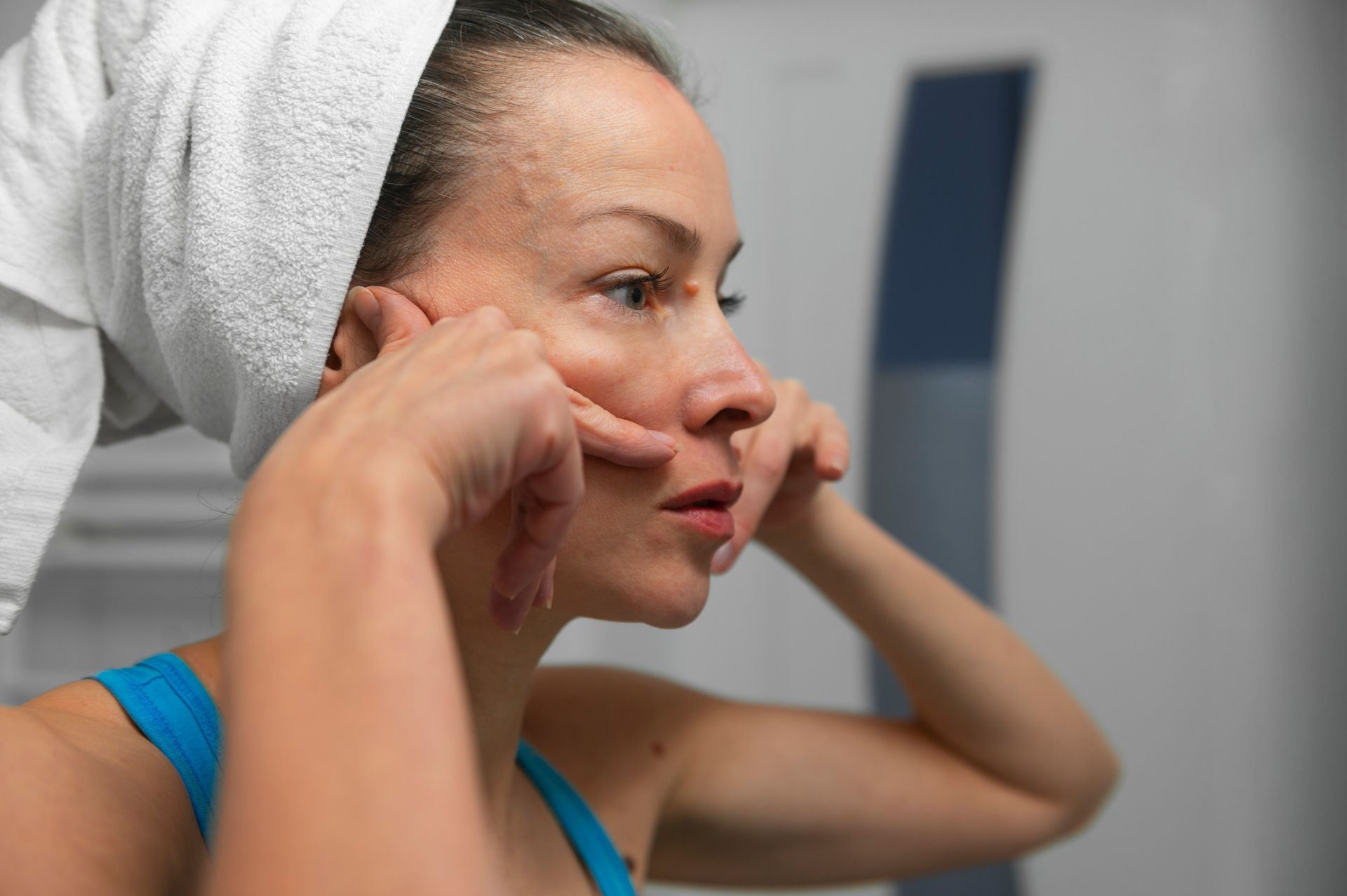The Duration of Laser Hair Removal: How Long Does It Last?
Laser hair removal stands as a transformative solution in the realm of personal grooming, offering an effective and semi-permanent method to bid adieu to the hassle of routine shaving, waxing, or plucking. It's a revolutionary technology that has gained immense popularity for its ability to provide smooth, hair-free skin. However, amid the allure of its efficacy, there exists a fundamental query that captivates those considering this procedure: How long does laser hair removal last?
Understanding the duration of laser hair removal is not merely about gauging its immediate results but delving deeper into the nuanced interplay of individual differences,
treatment areas, and maintenance practices. This understanding is pivotal, as it empowers individuals seeking this method to manage expectations, comprehend the investment of time and resources, and ultimately make informed decisions about their grooming regimen.
In this exploration of the duration of laser hair removal, we delve into the intricacies of this procedure, unravel the factors that influence its longevity, and aim to provide a comprehensive guide for individuals seeking clarity regarding the lasting effects of this
popular hair removal technique. Join us on this insightful journey as we uncover the answers to the pervasive question: How long does laser hair removal truly last?
Factors Influencing Duration
Skin and Hair Type
The diversity of skin tones and hair types significantly impacts the effectiveness and duration of laser hair removal. Light skin with dark, coarse hair responds most favorably to laser treatment due to the higher contrast between the pigment in the hair and the skin. This contrast allows the laser to more effectively target the hair follicles, resulting in better outcomes and longer-lasting results. Conversely, individuals with lighter hair colors, such as blonde, gray, or red, may find laser hair removal less effective because the laser has difficulty distinguishing between the hair and the surrounding skin. For darker skin tones, specialized lasers are often required to avoid potential damage to the skin while effectively targeting the hair follicles.
Treatment Area
The area being treated plays a pivotal role in determining the duration of laser hair removal. Smaller areas, such as the face or underarms, might respond more quickly and exhibit longer-lasting results compared to larger areas like the legs or back. This variation is often due to the density of hair follicles and the growth cycle in different body regions. Some areas may require more sessions to achieve desired results, influencing the duration of effectiveness.
Treatment Sessions Required
The number of laser treatment sessions necessary for optimal results directly impacts the duration of effectiveness. While some individuals might see noticeable hair reduction after just a few sessions, others may require multiple sessions to achieve desired results. Generally, a series of sessions spaced several weeks apart is recommended to target hair in various stages of growth. The consistency and completion of the recommended sessions significantly contribute to the longevity of hair reduction.
Each of these factors interplays in determining the duration and
effectiveness of laser hair removal. Understanding these influences helps individuals set realistic expectations, plan their treatment schedule, and maximize the long-term benefits of this hair removal method. Consulting with a qualified professional can further personalize the approach to address individual variations and optimize the outcome of laser hair removal treatments.
Immediate Results vs. Long-Term Effects
Laser hair removal often presents immediate outcomes, with noticeable reduction or thinning of hair right after the initial sessions. However, it's important to differentiate between these initial outcomes and the long-term effects. Immediate results showcase the immediate impact of the treatment, such as the hair appearing finer or lighter, but this doesn't signify permanent removal. Long-term effects, on the other hand, gradually unfold over subsequent sessions. As the treatment progresses and hair follicles are effectively targeted, the reduction becomes more pronounced, leading to prolonged periods of hair-free skin.
Maintenance Sessions
While laser hair removal can significantly reduce hair growth, it's essential to acknowledge that it typically isn't a permanent solution in just a few sessions. Maintenance sessions play a vital role in prolonging the effects of the treatment. After the initial set of sessions, periodic maintenance sessions may be required to address any hair regrowth. The frequency of maintenance sessions varies among individuals and is influenced by factors like hair regrowth patterns and individual responses to the treatment. These sessions help sustain the long-term benefits achieved through the initial treatments, ensuring smoother and hair-reduced skin for an extended duration.
Understanding the distinction between immediate outcomes and long-term effects is crucial for individuals seeking laser hair removal. While the immediate changes might be promising, it's the cumulative impact of multiple sessions and consistent maintenance that leads to prolonged periods of hair reduction. Embracing the need for maintenance sessions after the initial treatment phase is key to enjoying the enduring benefits of laser hair removal. Consulting with a knowledgeable practitioner helps in setting realistic expectations and devising a tailored treatment plan that ensures both immediate satisfaction and sustained long-term results.
Typical Duration for Different Areas
Face and Neck:
Laser hair removal on the face and neck region tends to show quicker results compared to larger body areas. Typically, individuals notice a reduction in hair growth after a few sessions. The duration of effectiveness varies among individuals, but many experience longer periods of hair-free skin in these areas compared to other body parts. Maintenance sessions might be required intermittently to manage any regrowth, but the face and neck often respond well to laser treatments, offering relatively longer-lasting results.
Underarms and Arms:
The underarms and arms are areas where laser hair removal can yield significant and enduring results. The duration of effectiveness varies depending on individual factors, but many individuals notice a considerable reduction in hair growth after completing the recommended sessions. Results often last for several months to a year, with some individuals experiencing longer periods of hair reduction. Maintenance sessions can help manage any regrowth and extend the duration of smooth, hair-free underarms and arms.
Bikini Area:
Laser hair removal in the bikini area is popular due to its ability to provide long-lasting smoothness. Results in this area typically last for several months to a year after completing the initial sessions. The duration of effectiveness can be influenced by individual factors such as hair thickness, skin type, and hormonal changes. Maintenance sessions may be required to address any regrowth, but many individuals enjoy prolonged periods of reduced hair in the bikini area.
Legs and Back:
Laser hair removal on larger areas like the legs and back might require more sessions to achieve optimal results due to the higher surface area and varying hair growth patterns. The duration of effectiveness in these areas can range from several months to a year or more, with individuals experiencing differences based on their unique characteristics. Maintenance sessions are often necessary to manage any regrowth and sustain the smoothness achieved through the initial treatments.
Individuals can set realistic expectations and plan their treatment schedules based on the typical duration of
laser hair removal for different body areas. While results may vary, consistent sessions and maintenance are key to achieving and prolonging the benefits of hair reduction across various body regions. Consulting with a qualified practitioner aids in tailoring the treatment plan to maximize the duration of smooth, hair-free skin in specific targeted areas.
Extending Results
- After undergoing laser hair removal, proper aftercare is essential to optimize results and extend the duration of hair reduction. Some effective aftercare tips include:
- Protecting treated areas from sun exposure is crucial. Use sunscreen with a high SPF to prevent hyperpigmentation or other adverse reactions.
- Refrain from hot showers, saunas, or activities that induce excessive sweating for a few days post-treatment to prevent irritation.
- Use gentle skincare products to soothe the treated skin. Irritating chemicals or exfoliants should be avoided.
- Steer clear of waxing, plucking, or any hair removal methods that disrupt the hair follicles after treatment. Let the hair shed naturally.
Lifestyle and Impact on Longevity
Lifestyle choices play a role in the longevity of laser hair removal results. Factors like hormonal changes, stress levels, and overall health can impact hair growth. Adopting a healthy lifestyle, managing stress, and maintaining hormonal balance through proper nutrition and regular exercise can positively influence the longevity of the results. Additionally, certain medications or conditions that stimulate hair growth might require adjustments to maintain the effectiveness of laser treatments. Consulting with a healthcare professional or the practitioner performing the laser hair removal can offer insights into how lifestyle choices may affect the duration of hair reduction.
Individuals can extend the duration of their laser hair removal results by following proper aftercare practices and considering the impact of lifestyle choices. Consistency in aftercare routines and a holistic approach to
health and wellness contribute significantly to enjoying longer periods of smooth, hair-free skin post-treatment.
Insights into Common Concerns
Pain and Discomfort
Laser hair removal is generally well-tolerated, with most individuals experiencing minimal discomfort. Sensations during the procedure vary from person to person and can be likened to a mild snapping or tingling sensation. However, certain areas, such as more sensitive areas like the bikini line or areas with denser hair growth, might cause slightly more discomfort. Practitioners often use cooling methods or topical anesthetics to minimize discomfort during the procedure.
After the treatment, some individuals may experience redness or mild irritation in the treated area, which usually subsides within a few hours to a couple of days. Over-the-counter pain relievers and soothing topical creams can help alleviate any post-treatment discomfort.
Safety and Side Effects
Laser hair removal is considered safe when performed by trained professionals using appropriate equipment. It is possible, however, to experience some side effects, such as:
- Temporary redness, swelling, or minor skin irritation in the treated area immediately after the procedure.
- In rare cases, changes in skin pigment, either darkening (hyperpigmentation) or lightening (hypopigmentation), may occur. Darker skin toned individuals are more likely to suffer from this risk.
- While uncommon, blistering or scarring can occur, especially if the treatment is performed incorrectly or on tanned or recently sun-exposed skin.
To minimize these risks, it's important to choose a reputable clinic or practitioner with expertise in laser hair removal. A thorough consultation before the procedure helps identify any potential risks and allows practitioners to tailor the treatment to individual skin types and conditions. Also, following post-treatment care instructions diligently can significantly reduce the likelihood of adverse effects.
Consulting with a qualified practitioner and discussing any concerns or potential side effects beforehand ensures a safe and effective laser hair removal experience. Understanding the possible risks and how they can be mitigated contributes to a more informed decision-making process for individuals considering this treatment.
Conclusion
The duration of laser hair removal is influenced by a myriad of factors, including individual skin and hair characteristics, treatment areas, and the number of sessions. Understanding these factors is pivotal in managing expectations and planning for the long-term efficacy of the treatment. While immediate results might be promising, it's the cumulative impact of multiple sessions and diligent maintenance that extends the duration of hair reduction. To optimize outcomes, it's essential to adhere to aftercare practices, consider lifestyle influences, and prioritize safety by choosing experienced professionals. For those contemplating laser hair removal, a comprehensive understanding of these factors, coupled with personalized recommendations from qualified practitioners, ensures a smoother journey toward prolonged periods of hair-free skin and satisfaction with the treatment's lasting effects.
BOOK YOUR FREE SESSION
